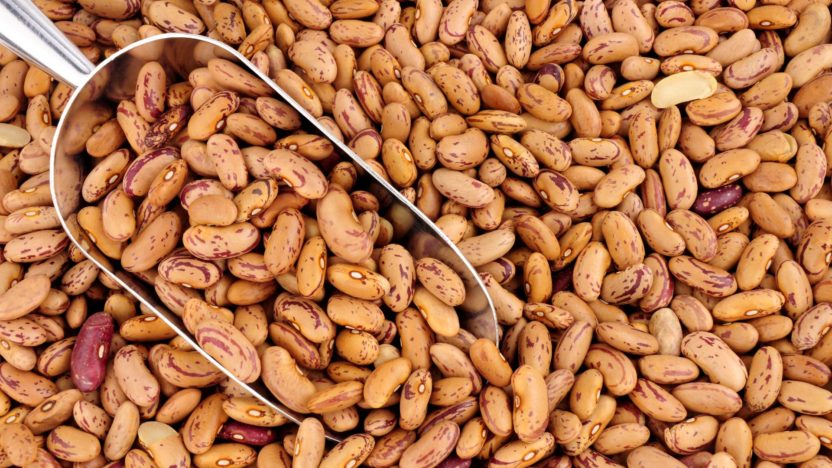 PAT
Toscana
PAT
Toscana
Gallicano fig bean
The Gallicano Fig Bean is a Traditional Agricultural Product (PAT) on the national list approved by the Ministry of Agriculture And Forestry, whose requirements are regulated by the Region’s production regulations Tuscany.
Features
The plant looks like a very vigorous climbing tree with scalar maturation.
The pod is green in color about 15-16 cm long and 2 cm wide.
The seed, of medium small size, has oval shape, brown coloring with lengthened longitudinal streaks.
It is one of the rare biuso beans in the sense that it can be consumed with the entire pod even in the presence of differentiated seeds, as well as grained bean both fresh and dry.
The absence of leathery filaments in the seed suture areas make the bean particularly tasty consumed in grass.
Cultivation
For production, a slight ploughing (25-30 cm) is carried out, followed by a hercupic through which the fertilizer is administered, usually organic; the planting takes place in May with plant sestists ranging from 40-50 cm on the row and 1-1.5 meters between the rows; being very vigorous must be sown not too thick to prevent it from stranding too much and produces too much vegetation at the expense of the product.
Irrigations are carried out consistently but not excessively.
The harvest is carried out by hand from the beginning of July until September; The product is harvested as it matures.
The product for dry consumption is dried on the plant and then harvested and selected.
The Gallicano Fig Bean is very productive and you can collect even over 40-50 q.li/ha of fresh product.
Cultivated in the municipality of Gallicano for over a century, it was introduced, in 1889, by an emigrant of Gallicano, Mr. Micheli Vincenzo, returning from the United States, who brought five seeds hidden in the inner aphunding of the hat, to escape the controls.
Since then, given the high quality, the seed has been jealously preserved and reproduced in purity, although it has remained territorially limited to the fields adjacent to Gallicano
It has a very delicate skin, a soft but consistent paste and a very characterized flavor.
As a grass bean it is great stewed or simply boiled and toned; as a dry bean can be used in the past as well as boiled and dunted,. also in combination with the “lever buns”, a typical preparation of the area.
A peculiarity of this bean is that when it is boiled as a green bean it gives off in the air a scent of figs from which the name assigned to it comes.


